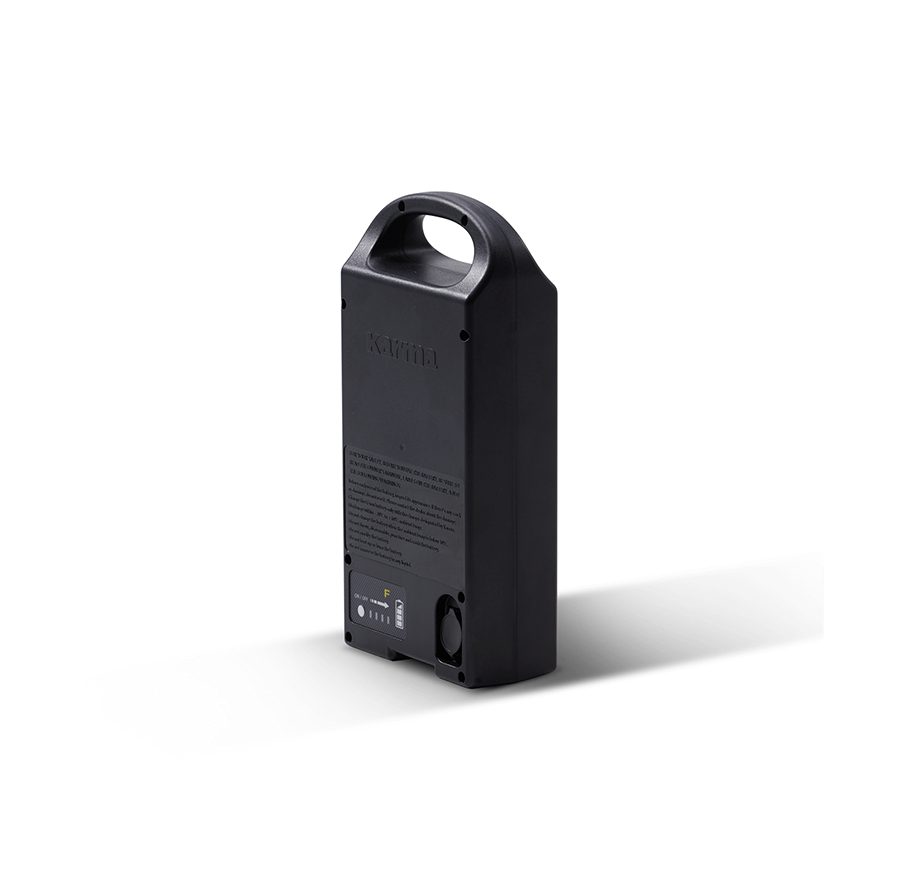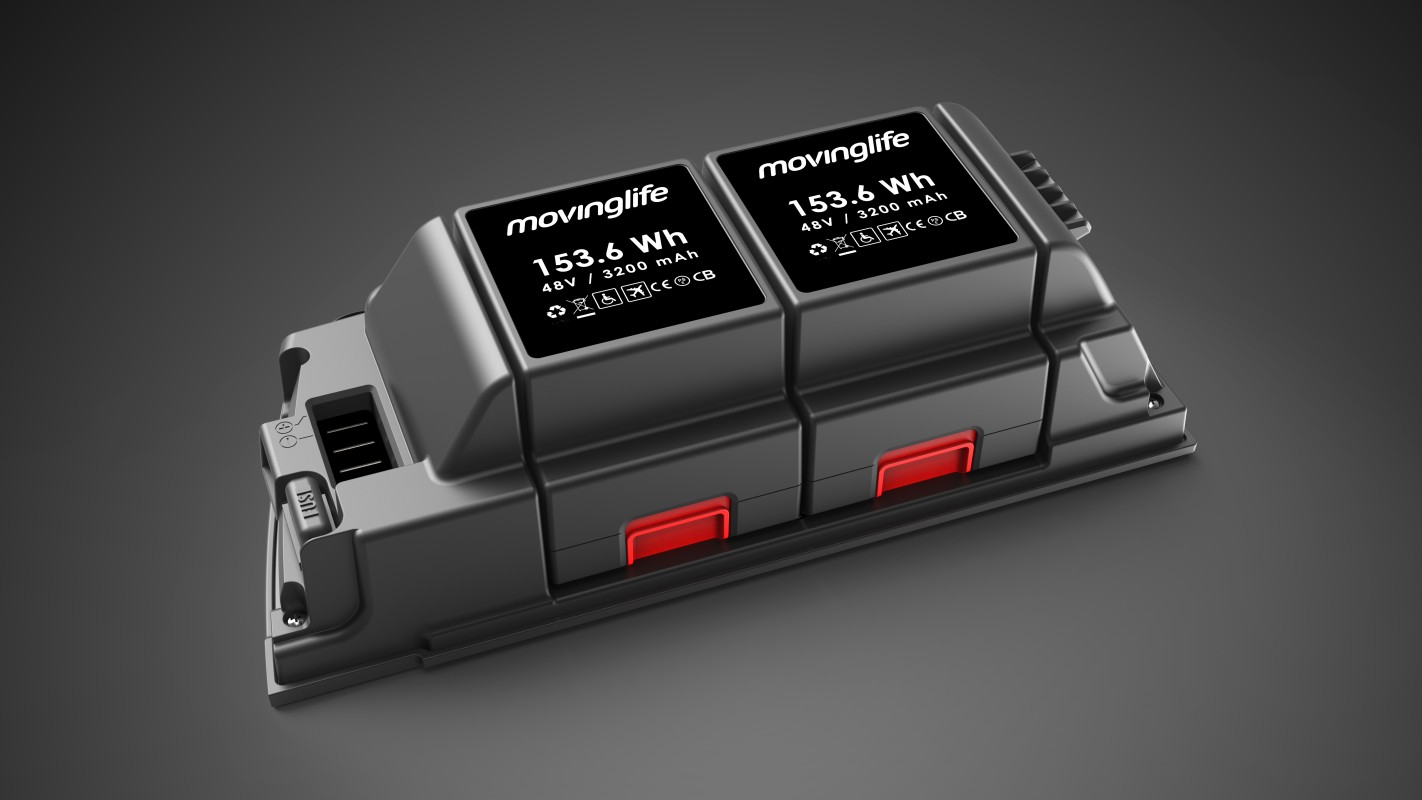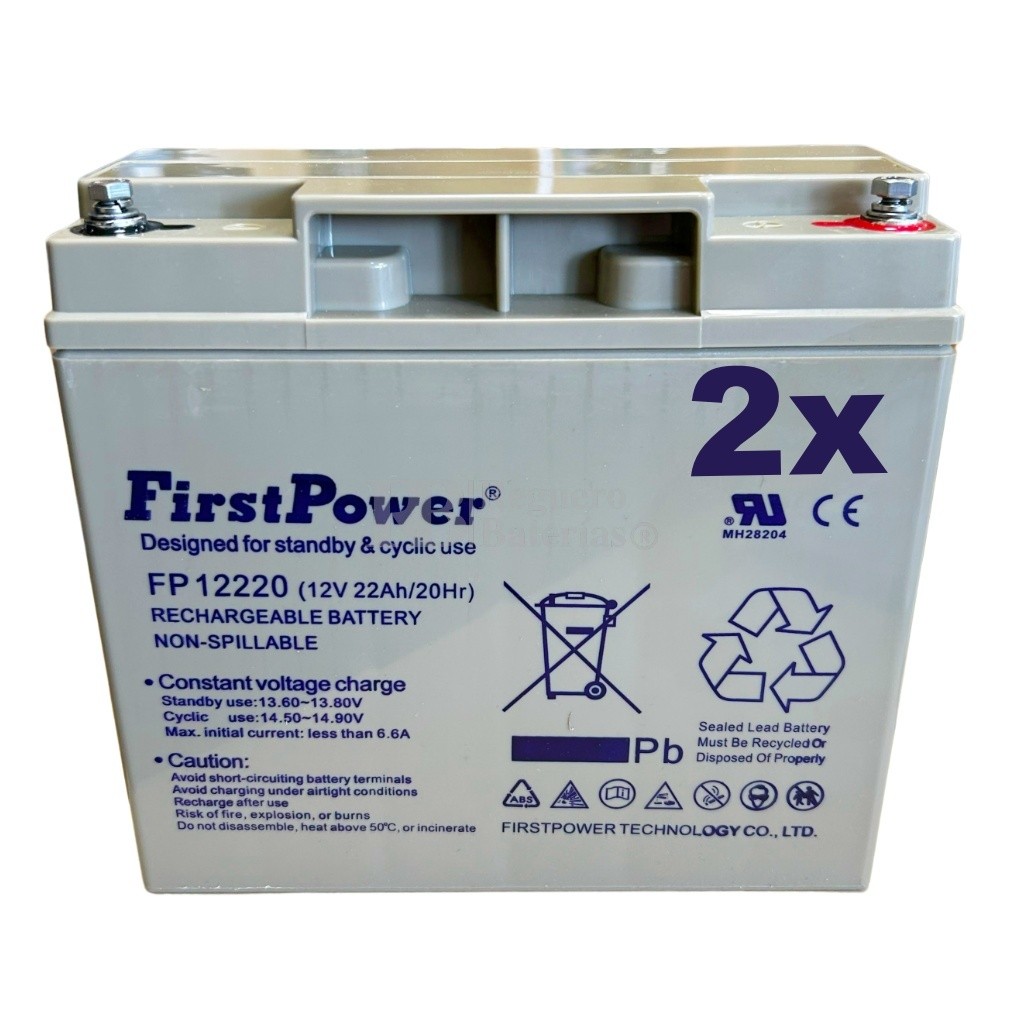Complete Guide to the Care and Maintenance of Mobility Scooter and Electric Wheelchair Batteries
Complete Guide to the Care and Maintenance of Mobility Scooter and Electric Wheelchair Batteries
Proper care and maintenance of the batteries for mobility scooters and electric wheelchairs are essential to ensure their optimal performance and extend their lifespan. Here is a comprehensive guide with best practices for battery care.
What Care Do Batteries Need?
Initial Charge
Before using your mobility scooter or electric wheelchair for the first time, it is essential to charge the battery completely. This first step is crucial to ensure that the battery reaches its maximum capacity, which generally occurs after approximately 10-15 full charge cycles.
Regular Maintenance
To keep the batteries in optimal condition, follow these practices:
- Full Charge After Each Use: It is important to charge the battery completely after each use. This prevents the battery from completely discharging, which can cause irreversible damage.
- Avoid Complete Discharges: Do not let the battery level drop below 2 LEDs or 20% of its capacity. Complete and repeated discharges significantly reduce the battery’s capacity and lifespan.
- Periodic Charges During Storage: If you will not use the equipment for a month, perform at least one full charge every 15 days. If the inactivity period exceeds a month, continue performing full charges every 15 days and remove the battery from the equipment for safe storage.

Proper Storage
When the battery is not in use, it is crucial to follow certain guidelines to avoid damage:
- Storage Temperature: Store the battery in a cool, dry place, avoiding extreme temperatures. High temperatures can reduce the battery’s lifespan, while low temperatures can affect its performance.
- Periodic Charging: As mentioned earlier, perform periodic full charges to keep the battery in good condition.
Additional Best Practices
In addition to the basic care, consider the following recommendations:
- Avoid Overcharging: Unplug the battery once it is fully charged to prevent overheating.
- Regular Cleaning: Keep the battery contacts clean and free of dust or debris. Use a dry cloth to clean them periodically.
- Use Appropriate Chargers: Always use the charger provided by the manufacturer or a compatible recommended one. Inappropriate chargers can cause damage to the battery.
Extending Battery Life
Monitoring Battery Status
Some scooters and electric wheelchairs come with battery status indicators. These indicators help you know when the battery needs recharging or if it is functioning correctly. Make sure to check these indicators regularly.
Efficient Driving
The way you use your scooter or electric wheelchair also affects the battery life. Drive at a consistent speed and avoid sudden accelerations and stops. This not only conserves the battery but also improves the overall performance of the equipment.
Frequently Asked Questions about Battery Maintenance
How Long Does a Battery Last?
The lifespan of a battery depends on several factors, including usage frequency, charging habits, and storage conditions. Generally, a well-maintained battery can last between 1 and 3 years.
How Do I Know If My Battery Needs to Be Replaced?
If you notice that the battery discharges faster than usual or does not retain the charge as before, it may be a sign that it needs to be replaced. Most manufacturers recommend replacing the battery when its performance significantly declines.
Is It Safe to Leave the Battery Charging Overnight?
Although many modern chargers have an automatic cutoff system, it is better to disconnect the battery once it is fully charged to avoid any risk of overheating.

Conclusion
Proper care of mobility scooter and electric wheelchair batteries is essential to ensure their performance and extend their lifespan. By following the mentioned recommendations and best practices, you will enjoy reliable and efficient equipment for a long time.
For more information, you can read our article on lithium, AGM, or lead batteries.




